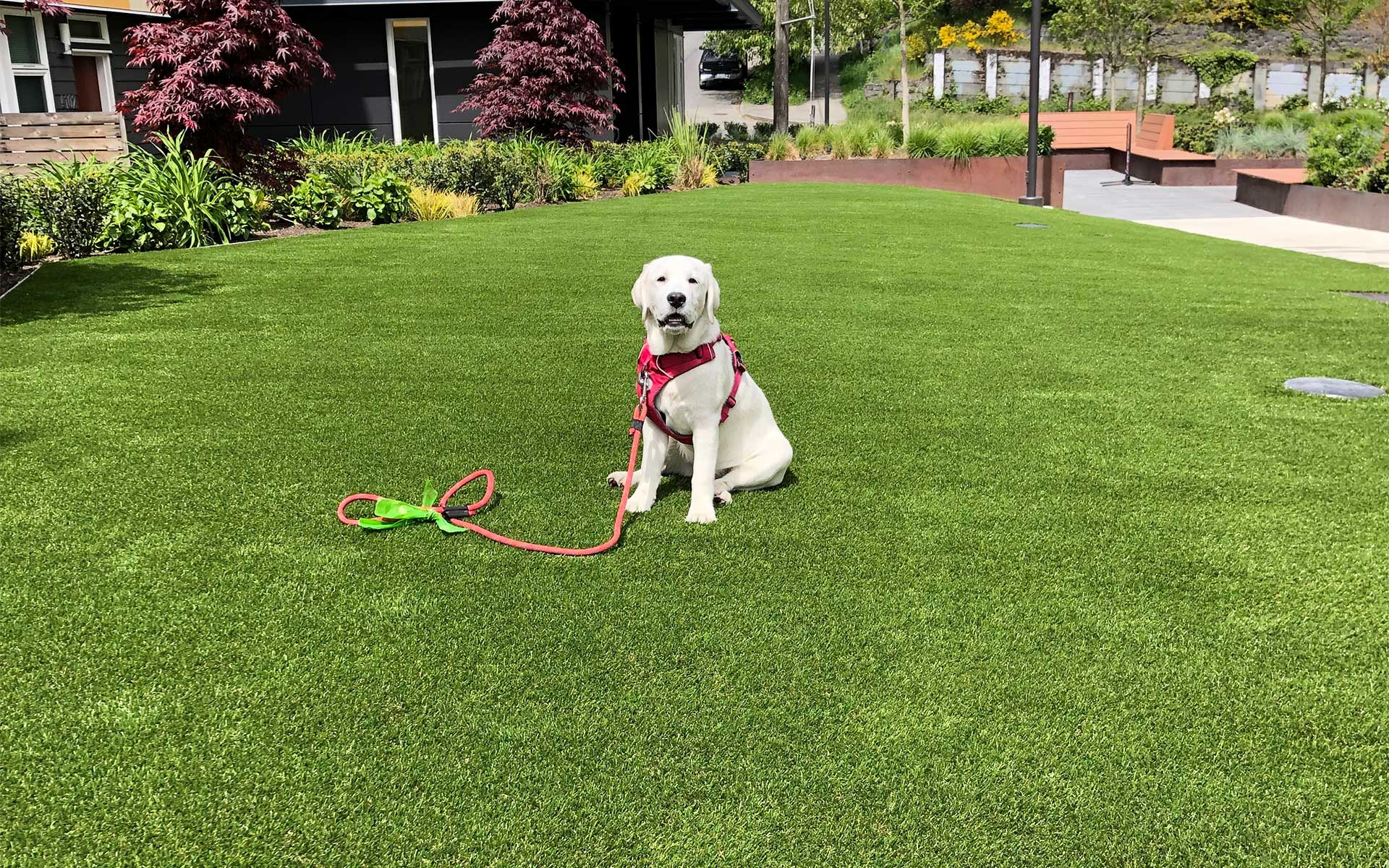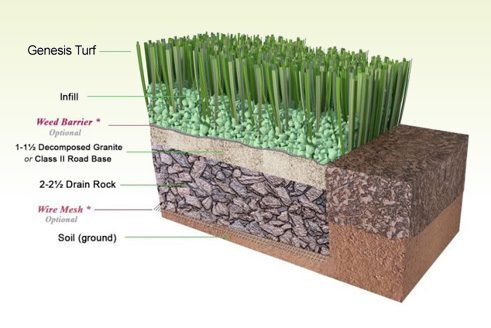Enhance Your Outdoor Space with Arizona Artificial Turf for a Lush Green Look
Enhance Your Outdoor Space with Arizona Artificial Turf for a Lush Green Look
Blog Article
Look Into the Environmental Perks of Opting for Artificial Lawn Solutions
The adoption of synthetic grass options offers an engaging chance to deal with pressing ecological challenges. By substantially reducing water use and lessening the application of damaging chemicals, these alternatives not only advertise lasting landscaping however additionally secure regional ecosystems. The reduced carbon impact connected with decreased maintenance tasks adds to a much more sustainable technique to land monitoring. Nevertheless, the implications of these benefits prolong past plain preservation efforts, elevating concerns about their long-lasting effect on environment preservation and total environmental balance. Exploring these measurements reveals a complicated interaction worth considering.
Water Conservation Conveniences
One of one of the most considerable benefits of synthetic turf is its ability to preserve water. Conventional lawn yards require substantial irrigation, especially in locations prone to dry spell or water limitations. On the other hand, fabricated turf does not require watering, substantially reducing the overall demand for water resources. This attribute is particularly valuable in deserts where water scarcity is a pushing concern.
By getting rid of the demand for routine watering, fabricated turf adds to sustainable landscape techniques and aids reduce the environmental effect of too much water consumption. The preservation of water extends to the reduction of runoff, which can lead to soil erosion and waterway pollution.
Additionally, the installation of artificial lawn enables house owners and districts to allocate water resources much more successfully, focusing on crucial uses such as drinking water and agriculture. The shift in the direction of artificial turf not only advertises accountable water usage but additionally straightens with broader environmental objectives focused on protecting natural resources.
As communities increasingly prioritize sustainability, the water conservation benefits of artificial turf provide a compelling situation for its adoption in industrial and property landscape design jobs.
Lowered Chemical Use
The change to synthetic grass considerably decreases the reliance on chemical therapies commonly utilized in all-natural lawn maintenance. Conventional grass monitoring generally involves the application of fertilizers, herbicides, and chemicals to advertise growth and control parasites. These chemicals can pose dangers to human wellness, local wild animals, and the environment, contributing to soil and water contamination.
On the other hand, synthetic grass gets rid of the need for these hazardous substances. As soon as mounted, it needs very little upkeep, largely containing routine cleaning and seldom infill replenishment. This reduction in chemical usage not just benefits the prompt atmosphere but likewise adds to wider environmental security. By reducing the launch of synthetic compounds right into the ecosystem, fabricated turf advertises healthier dirt and water systems.
Additionally, the absence of chemical overflow linked with synthetic lawn installations assists protect regional rivers from pollution, supporting marine life and maintaining biodiversity. Artificial turf companies phoenix. As areas progressively focus on lasting practices, choosing fabricated turf provides a sensible solution that lines up with ecological preservation goals. Through this change, homeowner can appreciate lush eco-friendly areas without compromising environmental wellness, leading the way for a much more lasting future
Reduced Carbon Footprint

Additionally, the setup of synthetic grass can lead to significant water conservation. Natural yards need substantial quantities of water for irrigation, which not only includes in the carbon impact related to water extraction and treatment however additionally strains local water sources. On the other hand, synthetic grass needs very little maintenance, calling for no watering, therefore considerably minimizing water use and its linked energy costs.
Additionally, the durability of synthetic grass adds to its decreased carbon influence. With a life-span of approximately 15 years or more, the need for frequent substitutes is diminished, resulting in less waste and reduced power usage in manufacturing and taking care of typical yard choices. On the whole, synthetic grass provides a sustainable choice for ecologically mindful landscaping.
Habitat Preservation
Environment preservation is a crucial factor to consider in the discussion additional resources over landscaping selections, click particularly when contrasting man-made turf to all-natural turf. All-natural turf lawns usually require extensive upkeep, including the use of fertilizers, chemicals, and herbicides, which can negatively impact local communities. These chemicals can leach into the soil and waterways, harming native flora and fauna and disrupting regional environments.
On the other hand, artificial grass provides an opportunity to decrease the environmental impact of landscape design. By deciding for artificial turf, home owners can reduce the disturbance of all-natural habitats connected with traditional lawn treatment methods. Synthetic turf eliminates the need for unsafe chemicals, thereby protecting close-by wildlife and keeping the honesty of bordering environments. Moreover, the installation of synthetic grass can lead to the conversion of former grass areas right into more biodiverse landscapes, such as pollinator yards or native plant areas, which can sustain neighborhood wild animals.
Inevitably, the transition to fabricated lawn not just saves water and reduces upkeep initiatives however additionally cultivates a more unified partnership in between human tasks and the natural setting, promoting habitat conservation at the same time.
Long-Term Sustainability
Long-lasting sustainability is a vital variable in examining the benefits of synthetic grass over standard grass lawns. Among the most substantial advantages of synthetic grass is its toughness; it read this can last up to 15-20 years with very little upkeep, whereas all-natural turf requires frequent reseeding and replacement. This longevity reduces the need for constant sources, such as water, fertilizers, and pesticides, which are crucial for keeping a healthy and balanced turf lawn.
Furthermore, synthetic grass adds to a reduction in carbon exhausts linked with yard treatment tools. Traditional lawns typically call for gas-powered lawn mowers, trimmers, and blowers, every one of which add to air pollution. Arizona artificial turf. On the other hand, synthetic lawn gets rid of the need for such devices, advertising a cleaner setting
Furthermore, the production of synthetic grass increasingly uses recycled products, enhancing its sustainability profile. As makers take on green practices, the ecological impact of synthetic turf continues to lessen.

Verdict
The adoption of synthetic grass remedies offers substantial ecological benefits, including significant water preservation, minimized dependence on dangerous chemicals, and a lower carbon impact. Synthetic grass help in preserving natural habitats by decreasing land disruption and advertising lasting sustainability with the usage of sturdy materials. Jointly, these elements emphasize the possibility of synthetic grass to contribute positively to ecological wellness and supply a feasible alternative to typical landscaping practices in an increasingly resource-conscious world.
In contrast, artificial grass does not require watering, substantially minimizing the total need for water resources. By decreasing the launch of artificial compounds right into the community, fabricated lawn promotes much healthier dirt and water systems.
In addition, the installment of fabricated lawn can result in significant water conservation. In contrast, fabricated grass requires minimal maintenance, requiring no watering, therefore dramatically lowering water use and its connected energy expenses.

Report this page